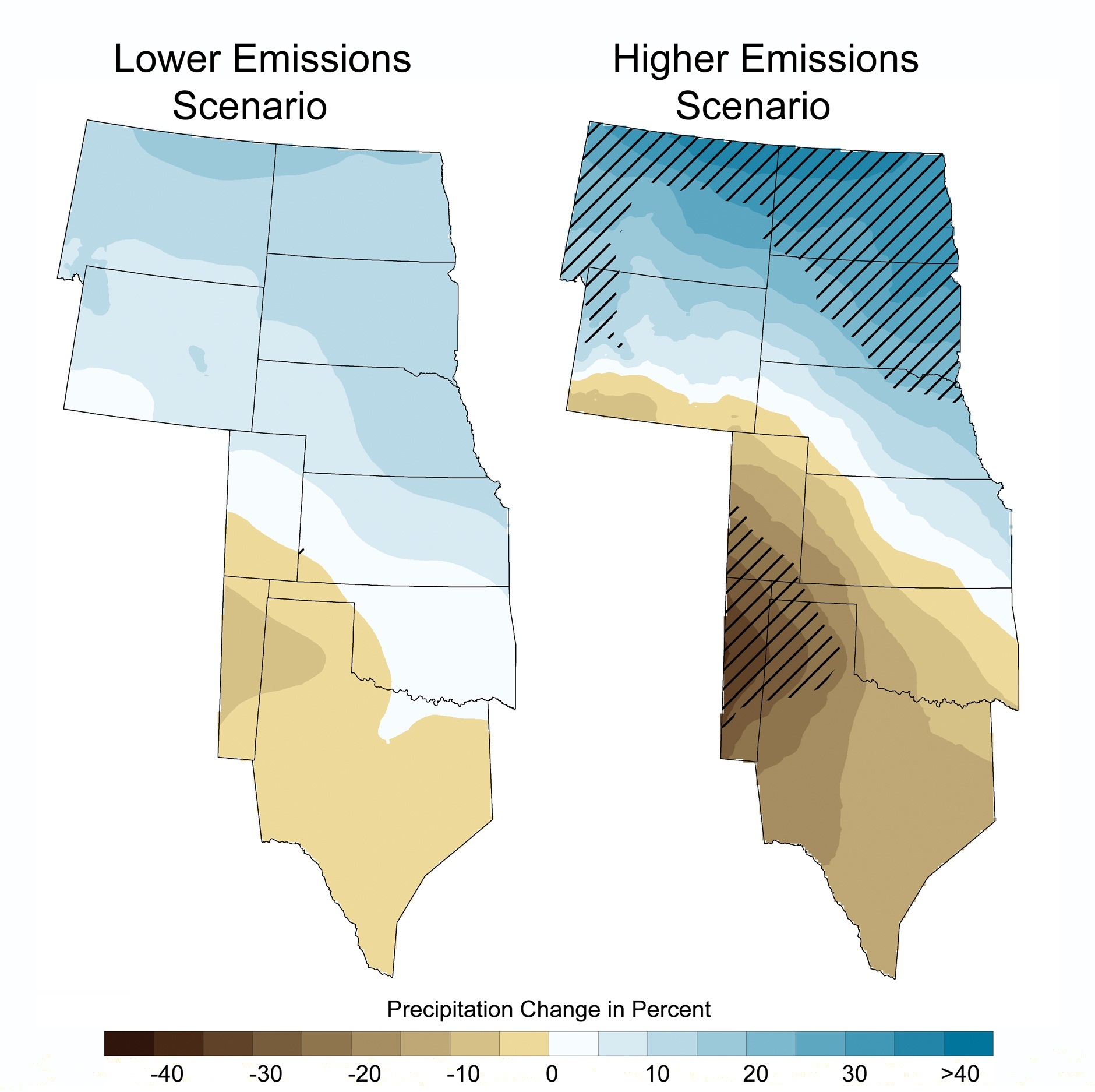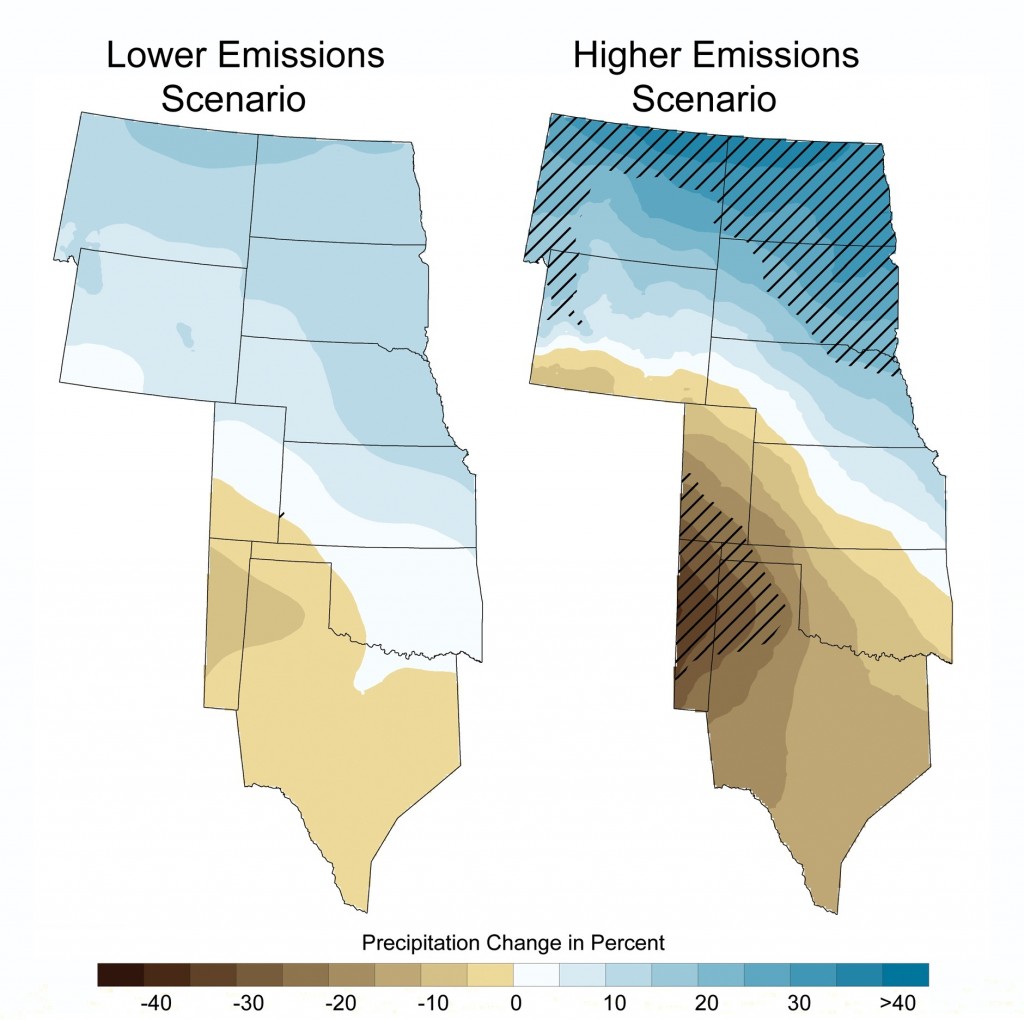July 29, 2014 – A new website, the Global Calculator, (GC) has been launched. Its purpose, to gather evidence about our impact on global climate. An open source tool, its developers are seeking public feedback to ensure that its modelling improves in accuracy over time. They are providing it to the world community under open license.
Among the many subjects GC addresses are the quantifying of agricultural production and food, land use, forests, energy derived from all sources from renewable to biomass to greenhouse gas emitting fossil fuels to nuclear, carbon capture and sequestration, manufacturing and industrial production, material demand, energy efficiency, transportation and more.
GC runs as a Microsoft Excel spreadsheet. There’s a web version and a downloadable user guide and online help. GC is funded by the International Climate Fund and Climate-KIC, the former a United Kingdom initiative, the latter, one from the European Union.
GC models world energy supply and demand, land use, buildings, transportation, cities, power generation and climate impacts. It lets users test scenarios for adjusting their energy resource mix and means of power production. It is not set up to test policy questions such as one that appears in the online Q&A:
“What is the impact of a global carbon tax of $x per tonne on investment in electric vehicles?”
This is not the kind of question GC is designed for. Instead it should and can be used to explore options and pathways to manage climate change challenges such as limiting emissions or improving energy efficiency.
GC doesn’t use Gross Domestic Product (GDP) as a measure. That’s because traditionally GDP uses rising energy demand and fulfillment as one of its measures. To mitigate climate change, however, GC’s creators believe there has to be a decoupling between economic growth and energy consumption.
GC isn’t alone as a measuring tool for helping countries understand the various elements in our technological civilization that contribute to changing climate. Previously on this blog site I have written about the Global Footprint Network and tools like the Footprint Calculator. If you personally haven’t tried the latter, I highly recommend it to families to assess their contribution to climate change and figure out ways to reduce their carbon footprint.
Two maps appear below. They are the result of input from two climatological models. Both project precipitation over the Great Plains of the Midwest United States by 2080 and 2090. The map on the left shows a lower carbon emission impact on precipitation. The one on the right shows conditions with higher carbon emissions. One is more akin to keeping the status quo. The other is a recipe for disaster.
It is images like this that make a tool like GC so important. Without it governments could be going blindly into the future. With it they can begin to model scenarios that could help begin the task of carbon reduction to address the long term impact of climate change.
So if you are a Prime Minister, a President, a Secretary or Minister of the Environment, or an organization or business that sees climate change as the pressing issue of the day you owe it to yourselves to visit the How to page of the Global Calculator, watch the video, and check out other online help tools. The developers of this working prototype are seeking feedback by August 29, 2014 on calls for evidence related to 50 questions posed on the site. This can be your take charge of climate change moment.
















